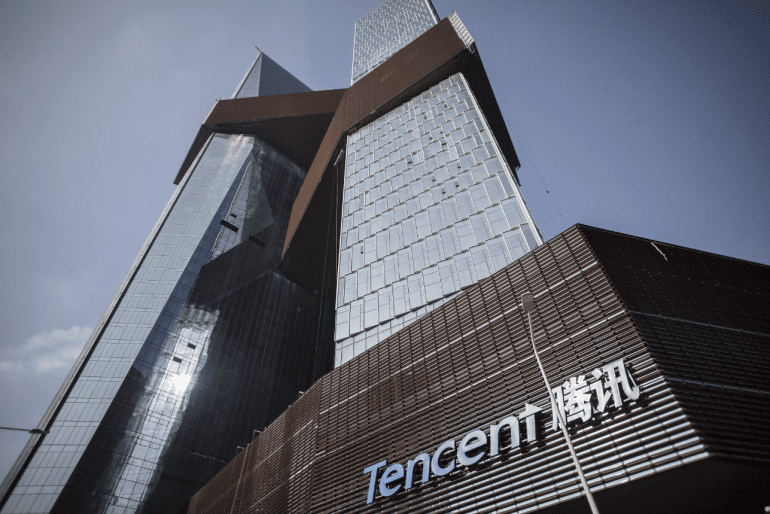- Tencent releases upgraded LLM with text-to-image generation, open-source for enterprises and individuals.
- Performance boost of 20% compared to previous version, leveraging DiT model architecture.
- Complete source code available on Hugging Face and Github, fostering collaborative innovation.
- Integration across Tencent’s business units and deployment to media outlets and advertising firms.
- Follows OpenAI’s unveiling of GPT-4o, signaling intense competition in generative AI.
- Alibaba also grants access to LLMs for third-party developers via platforms like ModelScope and Hugging Face.
- Tencent and Alibaba report strong financial performances in Q1 2024.
Main AI News:
Tencent Holdings, the Chinese conglomerate known for its video gaming and social media ventures, has introduced an updated iteration of its Large Language Model (LLM), featuring enhanced text-to-image generation capabilities. The revamped model is now open source, catering to both individual developers and enterprises.
The latest iteration of Tencent’s Hunyuan LLM, developed over the course of eight months, showcases a significant performance boost of 20% compared to its predecessor. This advancement, disclosed via Tencent Cloud’s official WeChat account, underscores the company’s commitment to innovation in cloud computing services.
Employing the DiT model architecture, which parallels OpenAI’s text-to-video technology, Tencent ensures seamless integration with Chinese language commands. By leveraging a primary database in Chinese, the text-to-image function delivers precision and efficiency.
In a strategic move to foster industry collaboration, Tencent has made the complete source code of its text-to-image LLM accessible on renowned open-source platforms such as Hugging Face and Github. This initiative aims to cultivate an inclusive ecosystem for next-generation vision generation technologies.
Through this open-source approach, both enterprises and individuals gain the flexibility to customize, refine, or expand upon the program’s functionalities. Such accessibility encourages collaborative innovation and accelerates the pace of technological advancement.
Since its initial launch in September, Tencent has seamlessly integrated its LLM across various business verticals, including Tencent Cloud, Tencent Games, and the ubiquitous super app, WeChat. Moreover, the AI-powered tool has been deployed to empower over 20 media outlets and advertising agencies, streamlining their operations.
This upgraded release follows closely on the heels of OpenAI’s unveiling of GPT-4o, a multi-modal AI model capable of natural interaction across text, image, video, and audio domains. The competitive landscape in generative AI underscores the significance of open-source contributions in propelling innovation.
In China’s dynamic tech ecosystem, Alibaba Group Holding stands as another frontrunner, extending access to its models for third-party developers. With initiatives like Tongyi Qianwen (Qwen) LLM, Alibaba Cloud fosters collaboration through platforms like ModelScope and Hugging Face.
Notably, Tencent and Alibaba have both reported robust financial performances in the first quarter of 2024. Tencent’s earnings surged by 62%, reaching 41.9 billion yuan (US$5.8 billion), driven by robust advertising revenue. Meanwhile, Alibaba witnessed a 10% profit increase, totaling 79.7 billion yuan for the fiscal year ending March, marking its most profitable year since 2021.
Conclusion:
The release of upgraded text-to-image LLMs by tech giants Tencent and Alibaba, coupled with OpenAI’s latest innovations, heralds a new era of collaborative open-source innovation in the generative AI space. This move not only accelerates technological advancement but also fosters a competitive market landscape, empowering developers and enterprises to drive transformative change.

